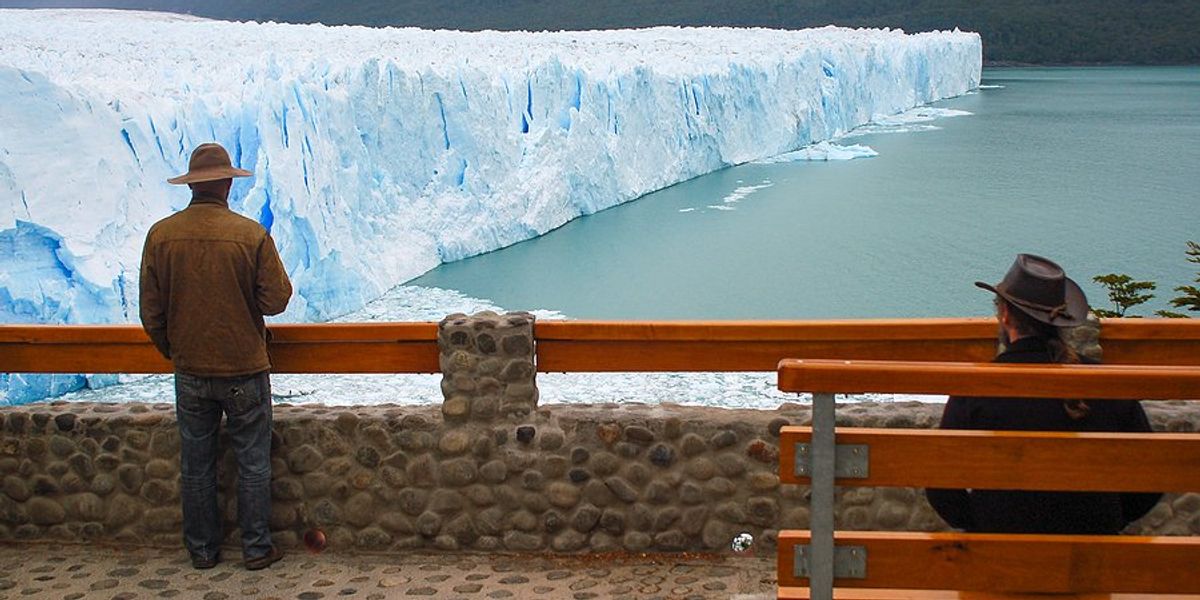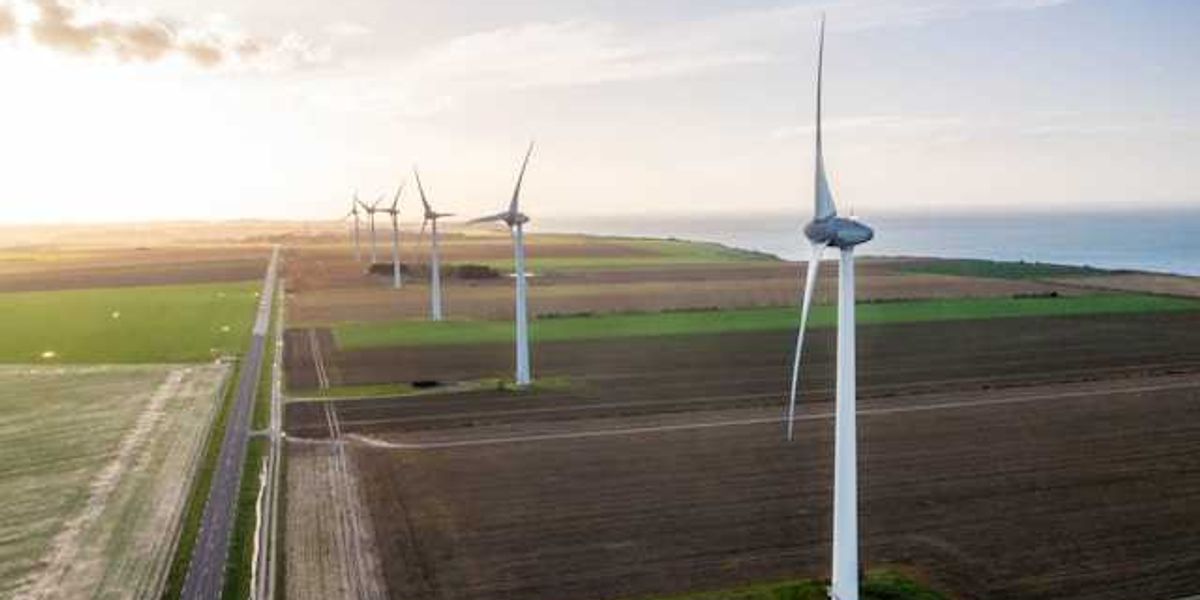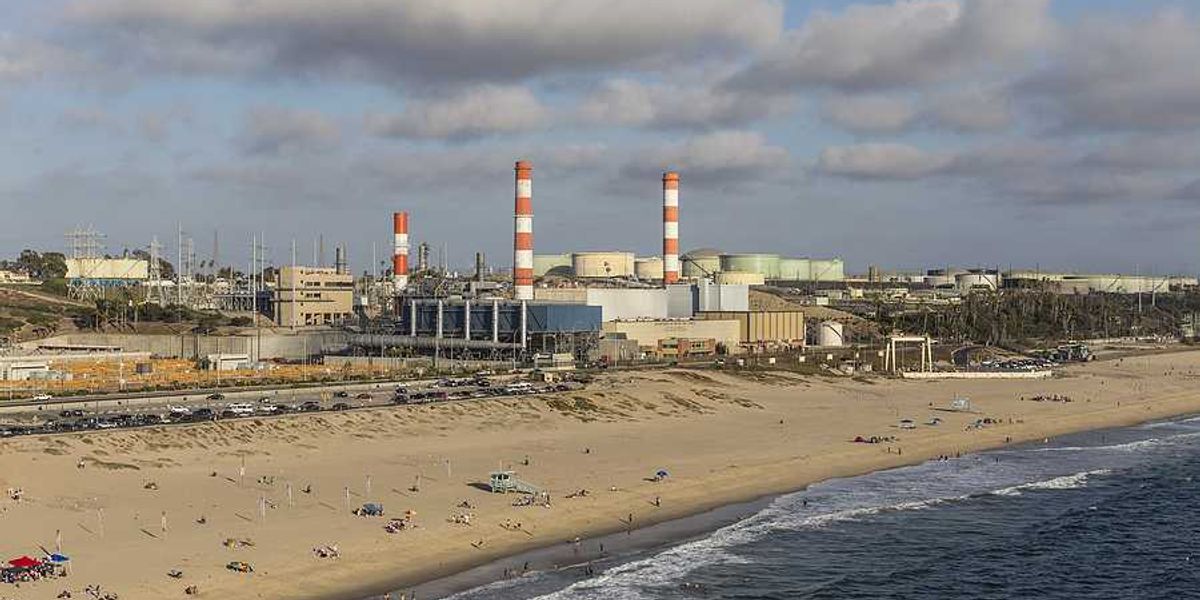
Glacier once thought stable in Argentina is now rapidly thinning
Once seen as immune to climate-driven ice loss, Argentina’s Perito Moreno Glacier has been shrinking faster since 2019, raising fears of irreversible retreat.
Raymond Zhong reports for The New York Times.
In short:
- Researchers found that Perito Moreno’s protective bedrock ridge could soon fail to anchor the glacier, increasing the risk of ice detachment and faster melt.
- Satellite data show the glacier’s thinning rate has sharply accelerated since 2019, though the cause of the sudden shift is still unknown.
- The glacier has long resisted regional warming due to its valley shape and large accumulation zone, but that balance appears to be breaking down.
Key quote:
“Everything that we can see and know lets us believe that irreversible and large-scale glacier retreat is imminent.”
— Moritz Koch, doctoral student, Friedrich-Alexander University of Erlangen-Nuremberg
Why this matters:
When a major glacier like Perito Moreno begins to retreat, it disrupts water availability for communities, agriculture, and wildlife far downstream. Rapid ice loss also accelerates sea level rise, affecting coastlines worldwide. These shifts can impact local economies that depend on glacier-fed tourism and can alter entire landscapes, from river flows to sediment deposits. The retreat of once-stable glaciers signals that even natural geographic protections may no longer be enough to buffer against rising global temperatures.
Read more: Patagonia’s most famous glacier is now shrinking as warming intensifies













